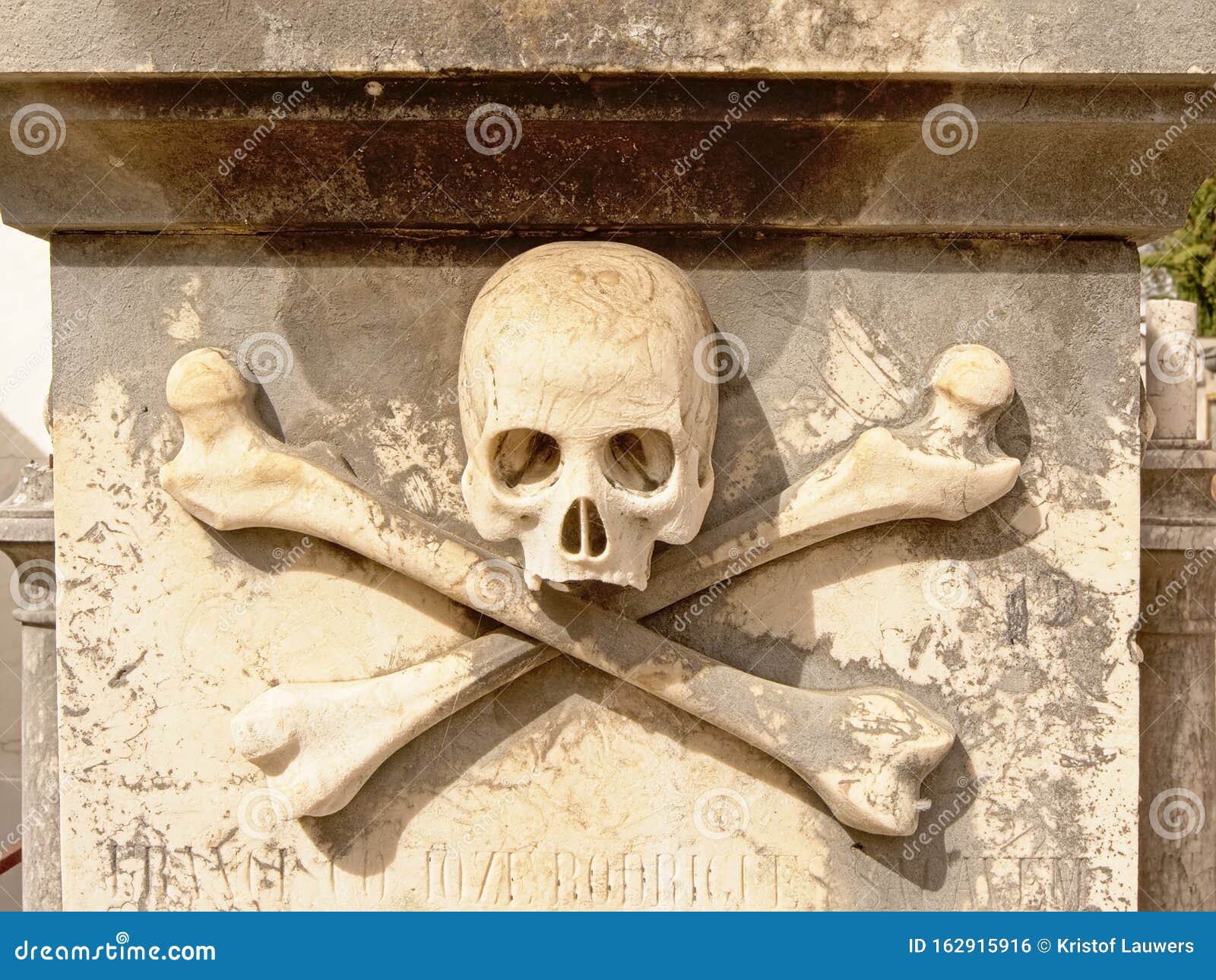
The first extended description of Skull and Bones, published in 1871 by Lyman Bagg in his book Four Years at Yale, noted that “the mystery now attending its existence forms the one great enigma which college gossip never tires of discussing. ‘It’s basically ruins.’ Another Bonesman says that to call the island ‘rustic’ would be to glorify it. ‘Now it is just a bunch of burned-out stone buildings,’ a patriarch sighs. But although each new Skull and Bones member still visits Deer Island, the place leaves something to be desired. “The forty-acre retreat is intended to give Bonesmen an opportunity to ‘get together and rekindle old friendships.’ A century ago the island sported tennis courts and its softball fields were surrounded by rhubarb plants and gooseberry bushes. Lawrence River in upstate New York named Deer Island. Skull and Bones does own a campground island in the St. Bush, unable to decide, was temporarily called Temporary, and the name was never changed. Bush was Magog, a name reserved for a member considered to have the most sexual experience.

Averell Harriman was Thor, Henry Luce was Baal, McGeorge Bundy was Odin.” George H. The banker Lewis Lapham passed on his name, Sancho Panza, to the political adviser Tex McCrary. Many of the chosen names are drawn from literature (Hamlet, Uncle Remus), from religion, and from myth. “Long Devil is assigned to the tallest member Boaz (Either a short for Beelzebub or the name of one of the two detached columns of copper or bronze in King Solomon’s Temple, the other one being Jachin) goes to any member who is a varsity football captain. As with other Yale societies, the sharing of a personal history is the keystone of the senior year together in the “tomb”. Members meet in the “tomb” on Thursday and Sunday evenings of each week over the course of their senior year. Numerous undergraduate constituencies are better represented among the recently tapped membership. The group’s decision, after much dispute, to admit women helped diversify the membership to reflect current undergraduate demographics. Others suggest that 322 refers to the era of Demosthenes and that documents in the society hall have purportedly been found dated to “Anno-Demostheni”.īy reputation, “Bonesmen” tapped the current football and heavyweight rowing captains, as well as notables from the Yale Daily News, Yale Lit, and eventually the Yale Political Union. Some have speculated that 322 stands for “founded in ’32, 2nd corps”, referring to a first corps in some unknown German university which has never been found. The emblem of Skull and Bones is a skull with crossed bones, over the number “322”. That chapter, the Beta of Skull & Bones, became independent in 1872 in a dispute over control over creating additional chapters the Beta Chapter reconstituted itself as Theta Nu Epsilon. The only “chapter” of Skull and Bones created outside Yale was a chapter at Wesleyan University in 1870.



It was once referred to as The Brotherhood of Death, but a more common alternative name was Eulogia. Skull and Bones was formed in 1832 as a result of a dispute among Yale’s debating societies, Linonia, Brothers in Unity, and Calliope over the Phi Beta Kappa awards. Bush writes in his autobiography, “ senior year I joined Skull and Bones, a secret society so secret, I can’t say anything more.”When asked what it meant that he and Bush were both Bonesmen, former Presidential candidate John Kerry said, “Not much because it’s a secret.” Presidential election, both the Democratic and Republican nominees were alumni. In conversation, the group is known as “Bones”,Īnd members have been known as “Bonesmen”. The society’s alumni organization, which owns the society’s real property and oversees the organization’s activity, is known as the Russell Trust Association, and is named after General William Huntington Russell founding member of the Bones’ organization along with fellow classmate Alphonso Taft. Skull and Bones is a senior or secret society based at Yale University, in New Haven, Connecticut.


 0 kommentar(er)
0 kommentar(er)
